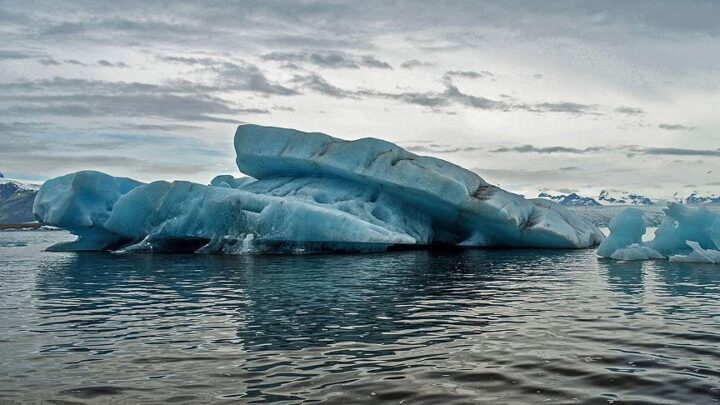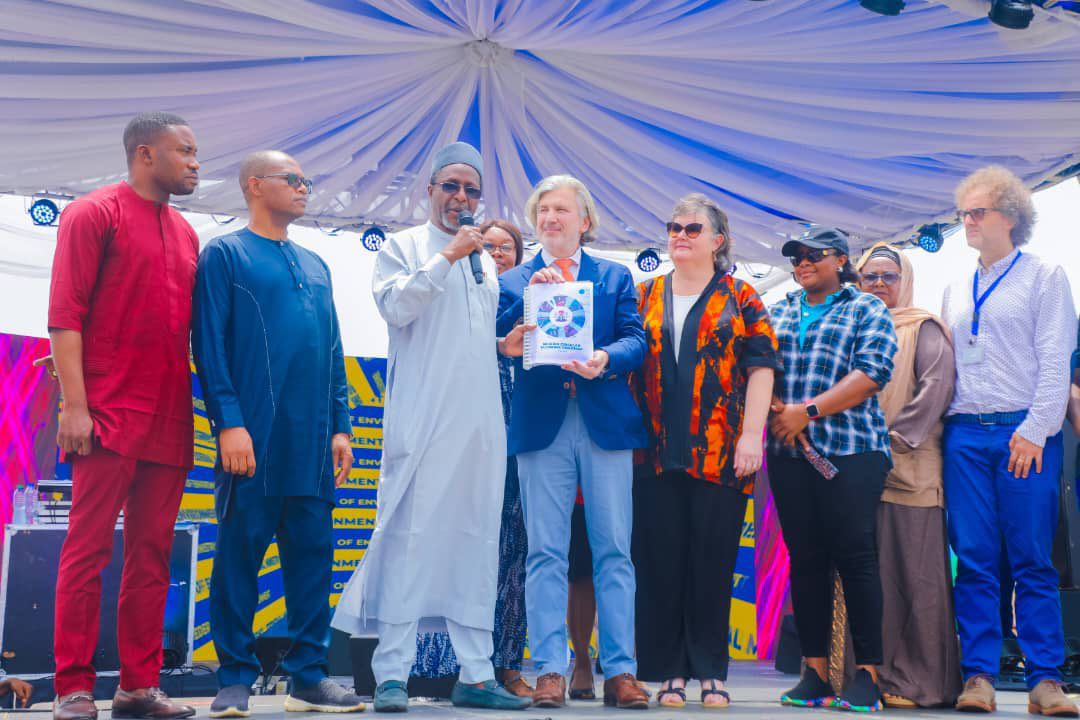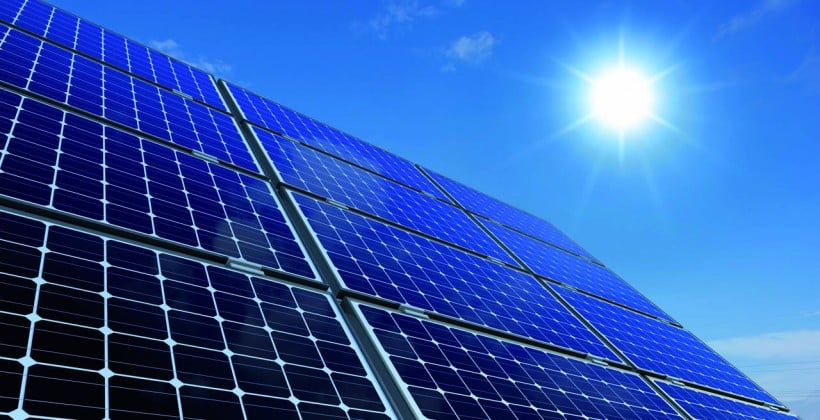A new study has found that the melting of polar ice due to human-driven climate change has slightly slowed the earth’s rotation and “could affect how we measure time”.
The study, “A global timekeeping problem postponed by global warming”, was released on Wednesday by the Nature journal.
The study revealed that the melting of the ice has reduced the speed of the planet’s rotation but noted that the earth is still spinning a bit faster than it used to.
The overall increase in speed means that for the first time in history, a second will need to be taken off.
Advertisement
This means clocks may have to skip a second — known as the “negative leap second” — in 2029 to keep universal time in sync with the earth’s rotation.
This, the study found, is being influenced by global warming, adding that the melting ice is delaying the leap second by three years, pushing it from 2026 to 2029.
Duncan Agnew, the study author and a geophysicist at the University of California, said a negative leap second is “expected to create many difficulties”.
Advertisement
Agnew said human activities have changed how fast the earth rotates in a way that is “unprecedented”.
He said if timekeeping organisations decide to add a negative leap second, the adjustment could disrupt computer networks.
“Increased melting of ice in Greenland and Antarctica, measured by satellite gravity, has decreased the angular velocity of Earth more rapidly than before,” he said.
“Global warming and global timekeeping have become inextricably linked and may be more so in the future.
Advertisement
“Extrapolating the trends for the core and other relevant phenomena to predict future Earth orientation shows that UTC as now defined will require a negative discontinuity by 2029.
“This will pose an unprecedented problem for computer network timing and may require changes in UTC to be made earlier than is planned.
“Even a few years ago, the expectation was that leap seconds would always be positive, and happen more and more often.
“But if you look at changes in the Earth’s rotation, which is the reason for leap seconds, and break down what causes these changes, it looks like a negative one is quite likely.
Advertisement
“One second doesn’t sound like much but in today’s interconnected world, getting the time wrong could lead to huge problems.
“Many systems now have software that can accept an additional second, but few if any allow for removing a second.
Advertisement
“Nobody really anticipated that the Earth would speed up to the point where we might have to remove a leap second.”
A positive leap second is the addition of a second when the earth’s rotation has been too slow, while a negative leap second is the removal of a second when the earth’s rotation has been too fast.
Advertisement
Since 1972, a leap second has been added 27 times, the last of which was in 2016.
Advertisement
Add a comment






